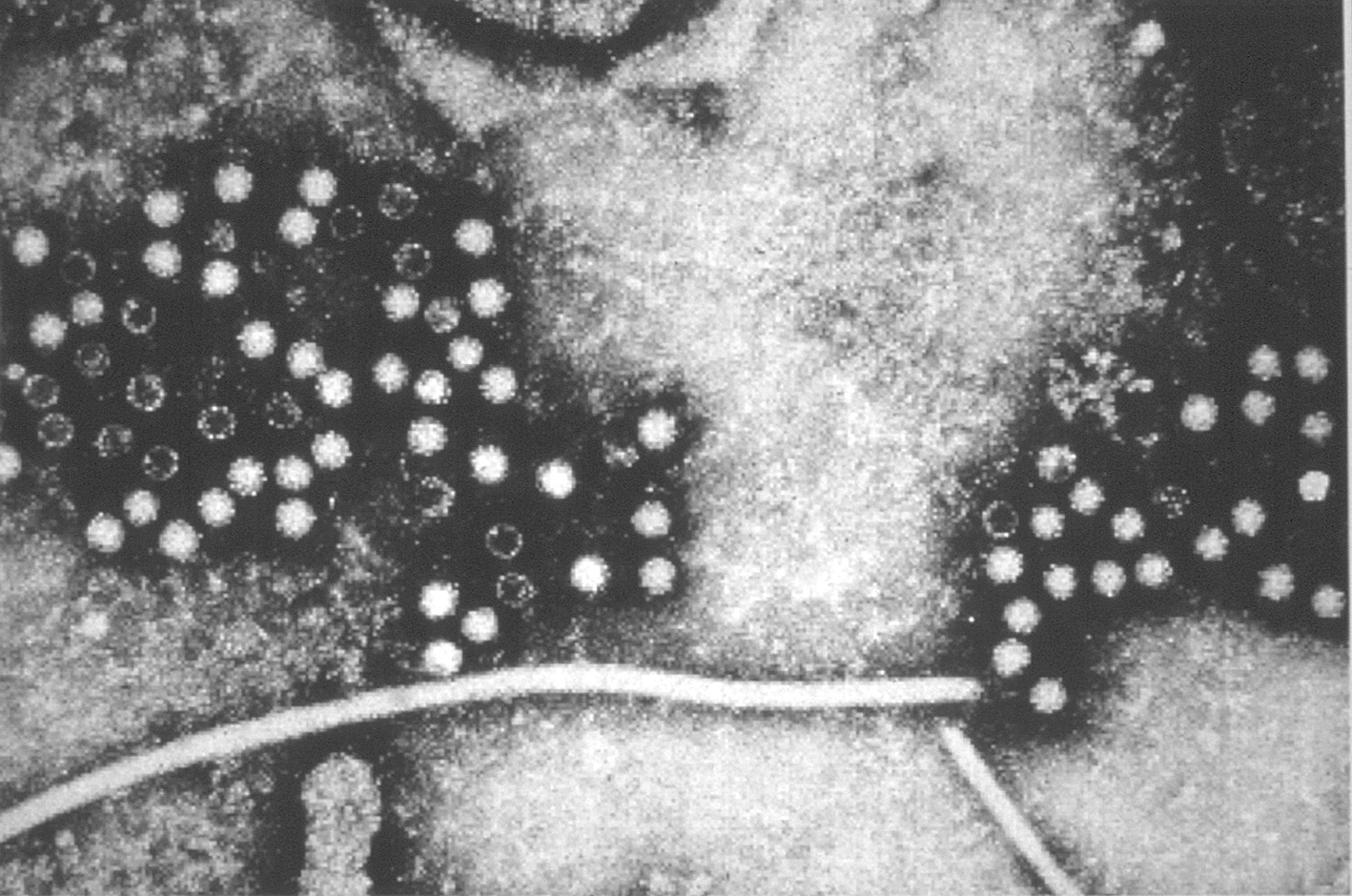HEV infections are mainly food- and water-borne but transfusion-transmission has occurred in both developing and developed countries. The infection is usually asymptomatic but it can lead to fulminant hepatitis in patients with underlying liver disease and pregnant women living in developing countries. It also causes chronic hepatitis E, with progressive fibrosis and cirrhosis, in approximately 60% of immunocompromised patients infected with HEV genotype 3.
The risk of a transfusion-transmitted HEV infection is linked to the frequency of viremia in blood donors, the donor virus load and the volume of plasma in the final transfused blood component. Several developed countries have adopted measures to improve blood safety based on the epidemiology of HEV.
Transfus Clin Biol. 2017 Jul 6. pii: S1246-7820(17)30093-9. doi: 10.1016/j.tracli.2017.06.012.
HEV and transfusion-recipient risk.
Izopet J1, Lhomme S2, Chapuy-Regaud S2, Mansuy JM3, Kamar N4, Abravanel F2.



